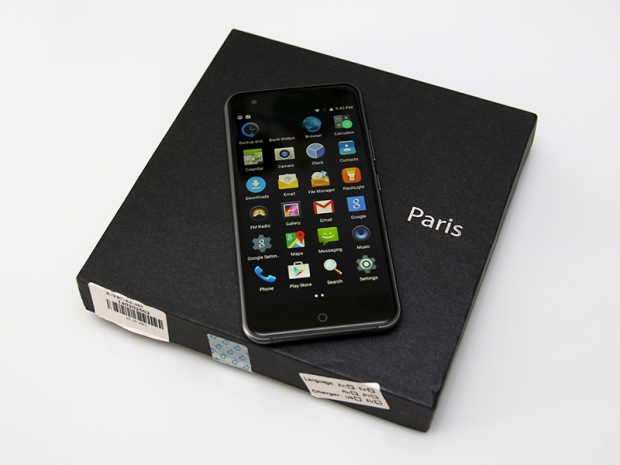Index
Specs and Performance
The Ulefone Paris is an entry-level to mainstream device, but it still manages to deliver good performance thanks to its spec. The MediaTek MT6753 octa-core is employed in quite a few devices, and most of them cost more than the new Ulefone.
Let’s check out the full spec before we proceed.
- SoC: MediaTek MT6753, 28nm
- CPU: Eight Cortex-A53 cores at up to 1.3GHz
- GPU: Mali T720 MP3 GPU up to 700MHz
- RAM: 2GB LPDDR3 1866MHz
- Storage: 16GB, expandable via microSDXC slot
- Display: 5-inch 720p IPS panel, Gorilla Glass 3
- OS: Android 5.1
- Rear camera: 13-megapixel OmniVision OV13850 sensor, f/1.8 aperture
- Front facing camera: 5-megapixel OmniVision OV5648 sensor
- Battery: 2250mAh Sony lithium poly, removable
- Dimensions: 144 x 72.1 x 8 mm
- Weight: 125g
- WiFi and Bluetooth: 802.11b/g/n WiFi and Bluetooth 4.0
- Sensors: ambient light, accelerometer, proximity, hall, GPS, A-GPS, GLONASS
- SIM card: dual SIM (micro SIM), dual standby, dual 4G
- Network support:
2G: GSM 900/1800/1900MHz
3G: WCDMA 850/900/1900/2100MHz
4G: FDD-LTE: 800/1800/2100/2600MHz (Make sure to check regional compatibility prior to making a purchase)
In case you need more details, you can check out the official spec at ulefone.com.
The MT6753 octa-core has been around for a while, and although it’s an underclocked version of the MT6752, with a weaker GPU and improved LTE support, it’s still a good mainstream chip, roughly on a par with Qualcomm’s Snapdragon 615.
The camera has a fast f/1.8 aperture, which is quite surprising in this price segment. The 13-megapixel OmniVision OV13850 sensor tends to be a good performer, although it’s trumped by the latest 13-megapixel sensors from Sony and Samsung.
A 2250mAh battery may not sound like much, but considering the 1.3GHz processor and 5-inch 720p display, it’s sufficient for this type of device. It’s also worth noting that the phone does not support TDD LTE, but it supports widely used FDD bands (most of Europe should be ok).
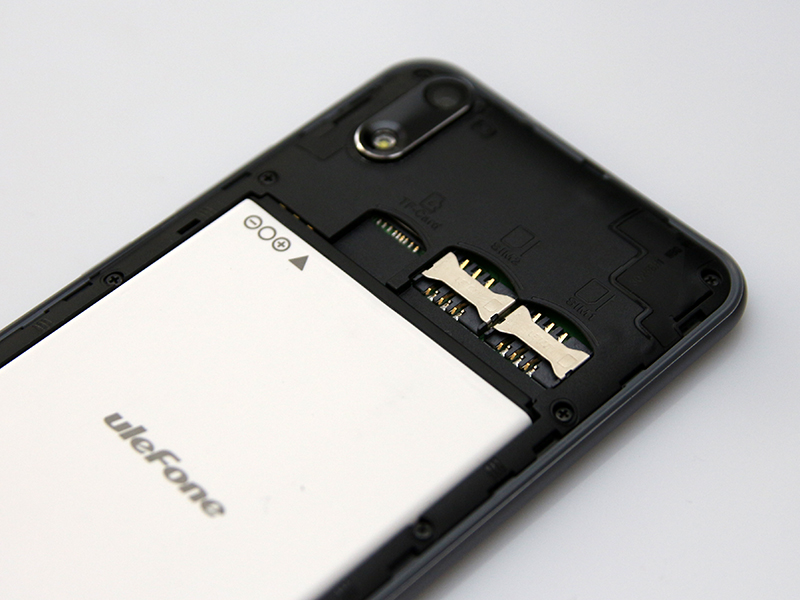
Another interesting factoid: both SIM slots support 4G, which is usually not the case on such cheap devices. This is good news for frequent travellers who need an inexpensive secondary device that can tether broadband from multiple SIM cards.
Thanks to the snappy processor and 2GB of RAM, performance is not an issue.
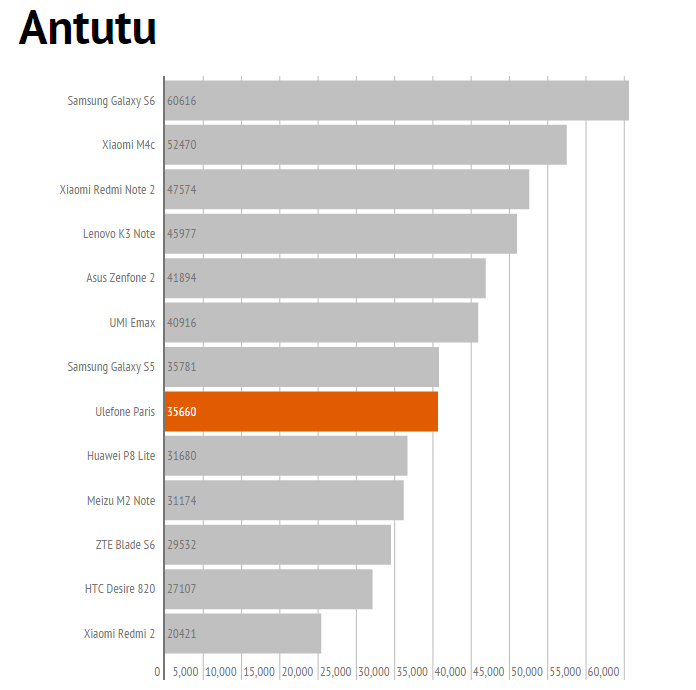
We ended up with 35660 points in Antutu, which is good for this particular processor.

In 3DMark Ice Storm the phone scored 6641.
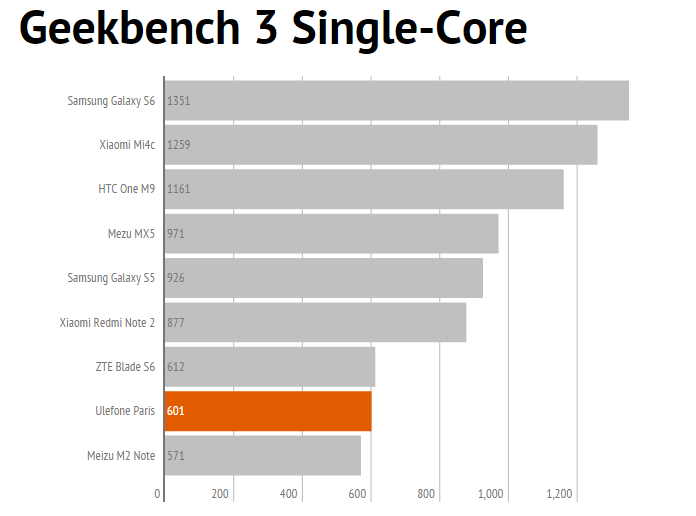
In GeekBench, the MT6753 lags behind the MT6752 and Snapdragon 615, with single-core score of 601 and a multi-core score of 2842.
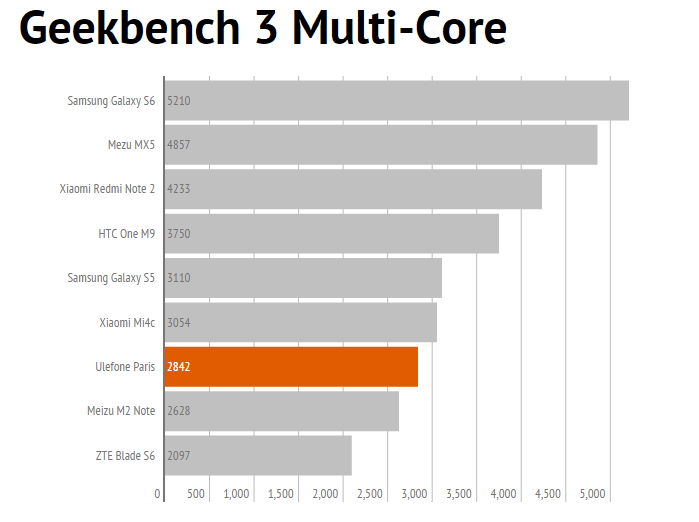
Our best Basemark OS score was 782.
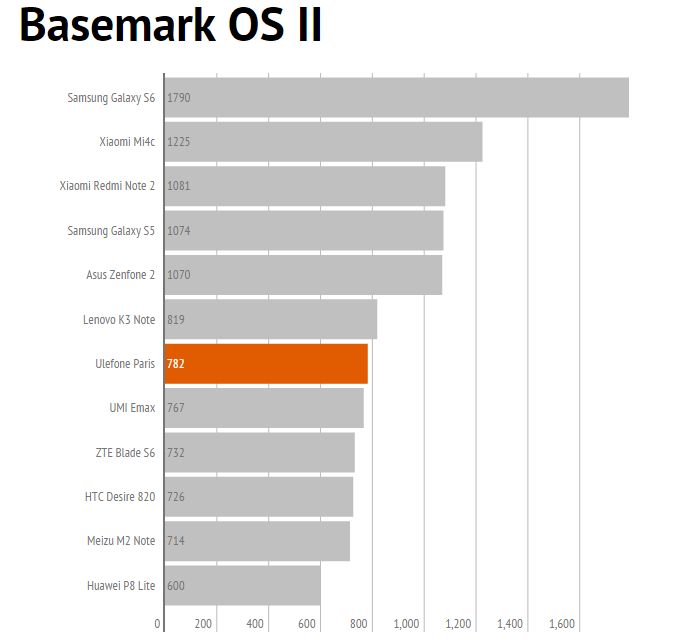
While it might not be as fast as the MT6752 or Helio X10, the MT6753 is still a good performer. On top of that, it’s quite efficient and thanks to its lower clocks, it doesn’t not throttle much.
To sum up, this is mid-range performance in what can only be described as an entry-level phone. In other words, you’d be hard pressed to find a faster phone for this sort of money (we really couldn’t think of any, and the Paris outpaces the Meizu M2 Note, which is based on the same chip).

